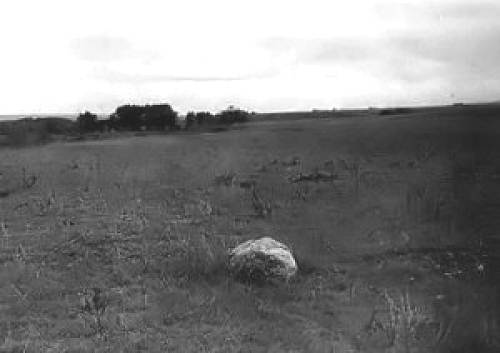BS3
Abominable Showman
- Joined
- Sep 20, 2021
- Messages
- 1,856
I've been wondering about that ... Openings around the lower rim of a parachute are common.
Edwards claimed these evenly-spaced oblong window-like openings were the source of bright light that moved (oscillated; shimmered) and / or changed colors. The incident accounts don't enumerate the colors or range of colors seen through these openings.
As noted earlier, Edwards was facing eastward toward the rising sun. According to some of the accounts the scene was fully illuminated by the time he'd approached closest to the object (the vantage point at which his descriptions of the portals / lights are noted). There's no mention of bright lights emanating from the object up to this point. All this suggests the light effect(s) could have been correlated with the rising sun.
Now look at this broader aerial view of the scene ...
Looking eastward from his position(s) during the sighting, Edwards' horizon was completely forested. The foliage was a mixture of smaller, scrubby trees / bushes interspersed with taller trees. This photo from the museum website illustrates the foliage bordering the open field:
There seems to be no question that the object was back-lit by the rising sun. If one considers the bright lights to have been the rising sun's light visible through openings (or translucent portions) of the object, it seems to me the lights' movements Edwards described could have been caused - or augmented - by sunlight shining through the bordering foliage.
His allusions to multiple / shifting colors would then imply refraction of the back-lighting, and this would be more understandable if the portals / windows / openings were translucent rather than open holes.
The other thing to consider is whether, given the time of year, there could have been ice or frost that might have contributed to the kind of multi-coloured, sparkling light Edwards appears to be describing.
The Cryptopia account talks about Edwards walking over ice-covered ground, but I have no confidence the author hasn't simply inserted this for a bit of colour, since it doesn't appear in Phillips' accounts (that I've seen so far, anyway). Phillips talks about mud, but is he describing conditions 3 months later? It's not very clear.


